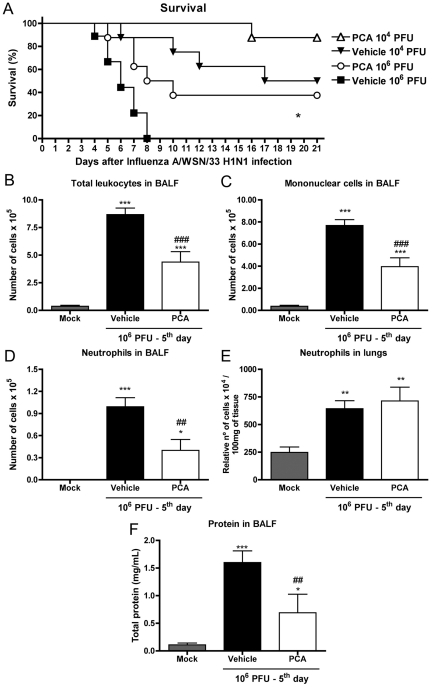Figure 8. Treatment with a PAFR antagonist confers protection to mice infected with Influenza A/WSN/33 H1N1.
In (A), WT mice were infected intranasally with 106 PFU and 104 PFU and treated twice a day, from day three to ten post infection, with vehicle or the PAFR antagonist, PCA 4248 (5 mg/kg/dose). Survival was monitored daily and was improved in PCA-treated mice infected with 106 PFU, when compared to vehicle group (A); (* for p = 0.0161; log rank test, n = 8–9). To assess lung responses, mice were treated twice a day, from day three to 5 post infection, with vehicle or the PAFR antagonist, PCA 4248 (5 mg/kg/dose). Total leukocyte (B), mononuclear cell (C), and neutrophils (D) recruitment in the airways, as assessed by counts of BALF recovered cells, are shown in Mock infected and 106 PFU infected, vehicle or PCA treated groups (n = 4–6, each group). Neutrophil recruitment in the lung parenchyma, as assessed by MPO (E) and total protein quantification (F) in BALF (n = 6–8, each group) are also shown. Data are presented as Mean ± SEM. *, ** and *** for p<0.05, p<0.01 and p<0.001, respectively, when compared to Mock group; ## for p<0.01 and ### for p<0.001 when compared to vehicle group (one-way ANOVA, Newman-Keuls).

